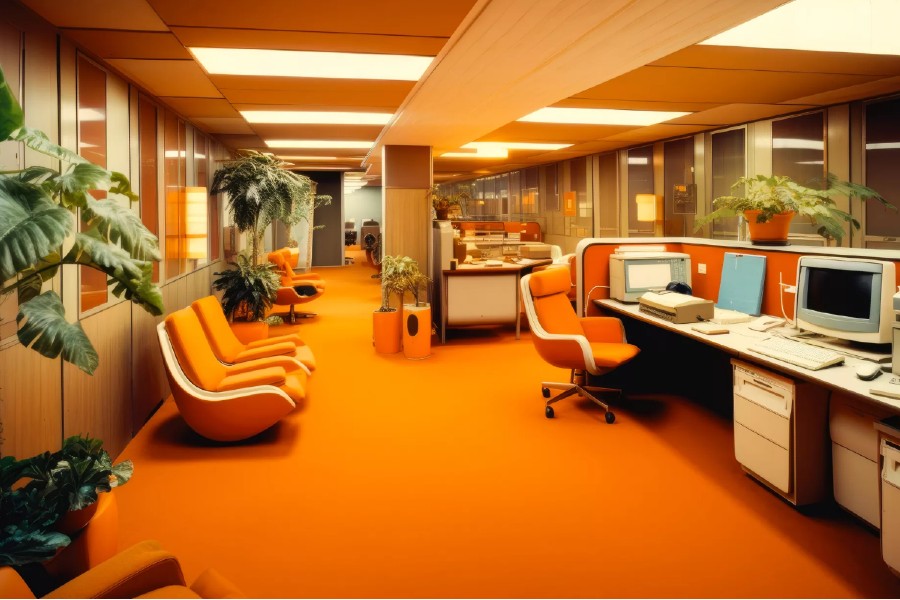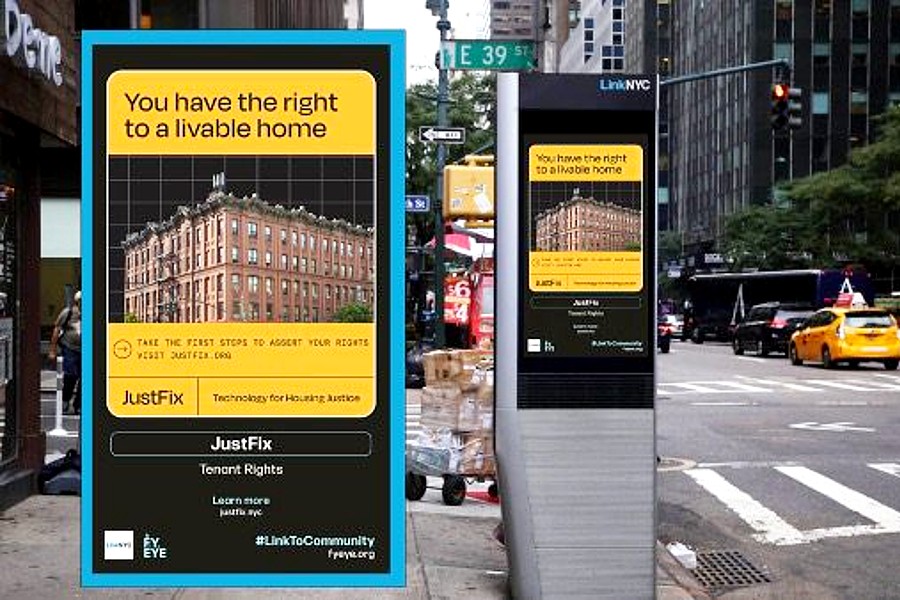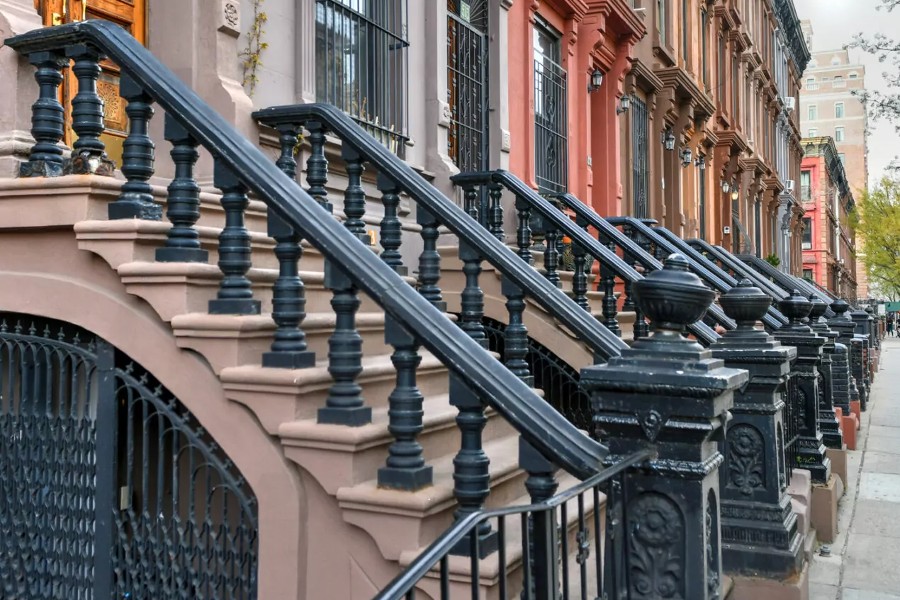
The cubicle office has become a ubiquitous symbol of the modern workplace.
From its inception in the early 1960s to its contemporary variations, the cubicle has undergone significant transformations in response to changes in work culture, technology, and employee well-being. This article aims to provide a comprehensive exploration of the evolution of cubicle office, shedding light on their history, impact on productivity, and the current trends shaping the future of workspaces.
The Birth of Cubicles
The concept of the cubicle office was first introduced by designer Robert Propst in the 1960s as a response to the open office layout. Propst envisioned cubicles as a way to provide employees with more privacy and personal space while still maintaining a collaborative work environment. The original cubicles were relatively simple, consisting of three walls and a desk, providing workers with a defined area for concentration.
Rise in Popularity
Throughout the 1970s and 1980s, the cubicle gained popularity in corporate America, with major companies adopting the concept as a cost-effective and flexible solution. The modular design of cubicles allowed for easy reconfiguration, accommodating changes in staffing and office layouts. This adaptability contributed to the widespread adoption of cubicles as a standard office setup.
Productivity and Privacy
The primary motivation behind the adoption of cubicles was to enhance productivity by providing employees with a dedicated space to focus on their tasks. The enclosed design of cubicles offered a degree of privacy, shielding workers from the distractions of an open office environment. However, this initial vision of increased productivity did not always align with the reality experienced by employees.
Challenges and Criticisms
As cubicles became the norm, several challenges and criticisms emerged. The close proximity of cubicle walls did not always prevent noise disruptions, and the lack of natural light in many cubicle-filled offices raised concerns about employee well-being. The standardized, monotonous appearance of cubicles also led to concerns about creativity and job satisfaction among workers.
The Impact of Technology
The advent of personal computers and the digital age had a profound impact on the design and function of modern cubicle offices. The need for large work surfaces decreased as computers became more compact, leading to smaller and more efficient cubicle designs. Additionally, the integration of technology into the workspace allowed for more flexible work arrangements, challenging the traditional 9-to-5 office schedule.
The Open Office Backlash
In recent years, there has been a notable backlash against the open office concept, which had gained popularity as an alternative to cubicles. The lack of privacy and increased distractions in open offices led many organizations to reconsider the benefits of enclosed workspaces. As a result, the pendulum swung back towards a more balanced approach, with companies exploring hybrid models that incorporate elements of both open and enclosed workspaces.
The Modern Cubicle
Today’s cubicle offices have evolved to address the shortcomings of their predecessors. Designers and architects prioritize factors such as natural light, ergonomic furniture, and flexible layouts to create more comfortable and productive work environments. The emphasis on employee well-being has given rise to the concept of “activity-based working,” where employees can choose from a variety of workspaces based on their tasks and preferences.
Collaboration Spaces
Recognizing the importance of collaboration in the modern workplace, cubicle offices now often feature designated collaboration spaces. These areas provide employees with a break from their individual workstations and encourage spontaneous interactions and idea-sharing. The goal is to strike a balance between individual focus and team collaboration, fostering a dynamic and innovative work environment.
Remote Work and the Future of Cubicle Offices
The COVID-19 pandemic accelerated the adoption of remote work, prompting organizations to reevaluate their approach to office spaces. While remote work offers flexibility, many companies are finding value in maintaining physical office spaces for collaboration, team building, and company culture. Cubicle offices, with their ability to provide individual workspaces while accommodating collaborative needs, are well-suited to this evolving landscape.
Conclusion
The cubicle office has come a long way since its inception in the 1960s. From a simple solution to privacy concerns in open offices to a symbol of the corporate landscape, cubicles have adapted to changing work dynamics and technological advancements. The ongoing emphasis on employee well-being, flexibility, and collaboration will likely continue to shape the future of cubicle offices, ensuring that they remain a relevant and effective workspace solution in the years to come.
- A Journey Through Time: The TARS Trolley In Harlem, NY, 1946 (Photographs)
- How To Use Bitcoin ATM From Harlem To Hollywood
- How To Prepare Financially During Holidays
- 7 Long-Term Investment Strategies For Tax Delinquent Properties
- How To Use Digital Signage For Business Marketing
Become a Harlem Insider!
By submitting this form, you are consenting to receive marketing emails from: . You can revoke your consent to receive emails at any time by using the SafeUnsubscribe® link, found at the bottom of every email. Emails are serviced by Constant Contact








